
Box: Box 1 Box 2 Box 3 Box 4 Box 5 Box 6 Box 7 Box 8 Box 9 Box 10
Its parts and function best identify a lever. A lever is a rigid support that pivots on a point. The seesaw is a great example. Below you will find a diagram detailing the pivot point and the support bar.
Levers come in three classes. Depending on what is in the middle depends upon what class of lever it is. If the fulcrum (pivot point) is in the middle then the lever is a first class. If the resistance (load) is in the middle then the lever is a second class. If the effort (force you put in) is in the middle then the lever is a third class. The following chart will help you to identify the different classes of levers. Inclined planes are slanted surfaces that help you do work. Some examples are stairs and ramps. Inclined planes along with the other simple machines provide us with an advantage. This Mechanical Advantage is how many times the machine multiplies your effort. The formula for the mechanical advantage of a inclined plane is the length divided by the height. A wedge is an inclined plane usually used for cutting. An axe, scissors or knife are two common examples. The longer the wedge the greater the mechanical advantage. Mechanical Energy- Energy of moving things. Anything that is moving or moves has mechanical energy. We can also call this Kinetic energy.
Box 1: What do machines do?
Simple Machines will change the size or direction of a force in one motion. Compound Machines a system of two or more simple machines (the game mouse trap is a great example).The following is a list of what machines do:
Machines have what is called mechanical energy, the energy of moving things. Some examples of mechanical energy are: wind, moving rocks, and waterfalls. The energy output compared to the energy input is called efficiency.
back to top
Box 2: What is Work?
In order for work to be done two conditions must be met.
When doing work a force must move an object some distance. The force and distance the object moves must also be in the same direction. Therefore if the object does not move no work is being done. A boy holding a book above a table is not doing any work. He may be exerting a force but NO work is being done. If you are carrying an object the direction of motion and the direction of the force are different. Therefore, no work is being done.
Take a look at the following pictures. Is work being done? Click on the picture to find out if you are correct.

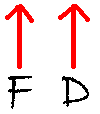
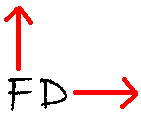
Formula for Work
Work is measured in units called Joules. In order to calculate work you need to have the measurement for Force and Distance.
Force is measured in Newtons.
Distance in measured in units called Meters.
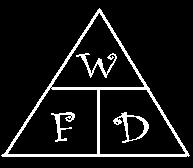
Try some practice problems
back to top
Box 3:Power
Power is the rate at which we complete work. How much work we get done in a certain amount of time. For example: Joe and Jessica both have to mow the lawn. Joe completes his 1/2 acre lawn in 1 hour while Jessica completes her 1/2 acre lawn in 3/4 hour. Who is more powerful? Since Jessica completed her work in less time she was more powerful.
The unit we use to measure power is the Watt. In order to measure power we need the measurements for Work and Time.
Work is measured in units called Joules.
Time is meaured in units called Seconds.
The formula is:
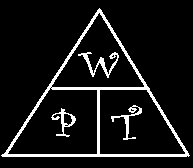
Box 4:
The Lever

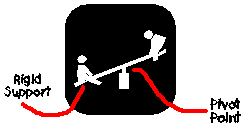

Box 5:Inclined Plane

Try to figure out the MA of these inclined planes:



Box 6:Pulley
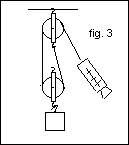

Some examples of pulleys include: clotheslines, blinds, flag poles, zip lines and sailboats.
When calcculating the mechanical advantage of a pulley you would count the number of supporting ropes except the effort rope if it goes down.
Check out the pulley lab for diagrams of some pulleys.
back to top
Box 7: Wedge

back to top
Box 8: Screw

The screw is an inclined plane wrapped around a cylinder. The closer together the teeth the greater the mechanical advantage.
back to top
Box 9:Gears and Wheel and Axle
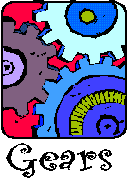
Gears are wheels with teeth. Larger wheels usually turn smaller ones this will increase the speed of the smaller gears.
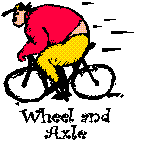
A wheel and axle is made of two parts that turn together. A screw driver is a great example. The bulb handle is connect to the long axle that turns the screw. The long the axle the greater the mechanical advantage of the machine.
back to top
Box 10:ME/MA
back to top
home